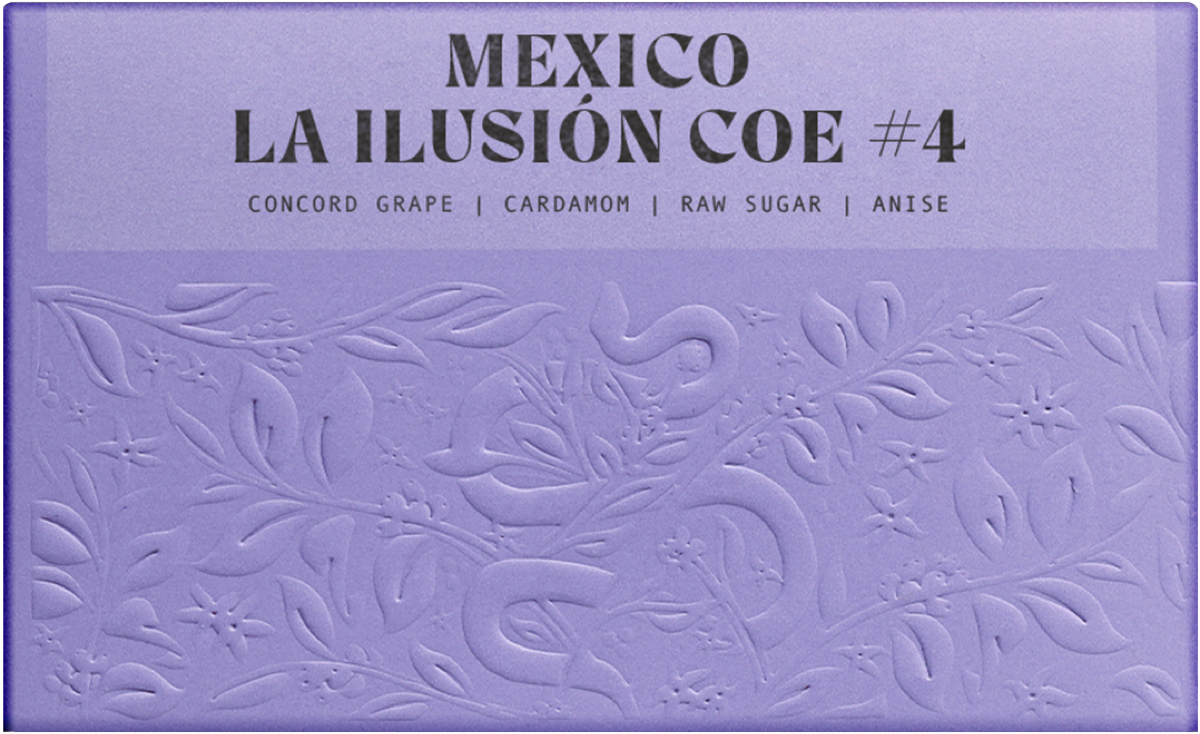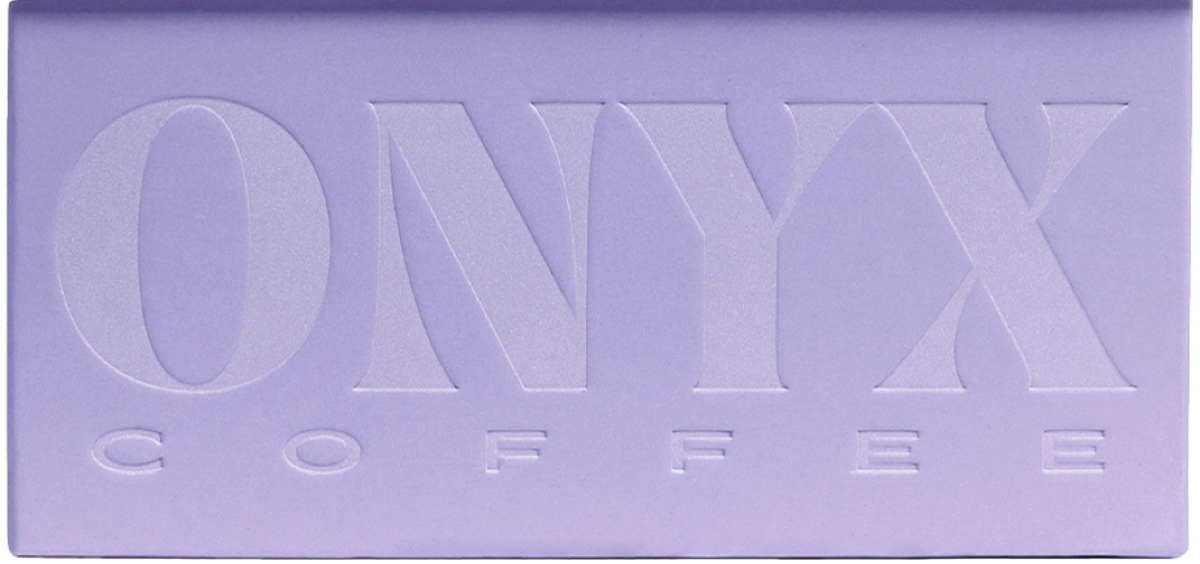Story
This coffee immediately stood out on the table of auction lots when cupping through Mexico’s Cup of Excellence offers. With an impressive and nearly overwhelming note of concord grape, this coffee had a layered and unique sweetness accompanied with an incredibly balanced acidity. We immediately determined this would be our auction selection and only bid on this offering, with the hopes of establishing a longer buying program with Federico Barrueta Barrueta. You can read more on the La Ilusión farm below in the supplied info from the Cup of Excellence.
LA ILUSIÓN
In this area of San Andrés de los Gama, during the years from 1940 to 1950, there was a mine named “Mineral del rincón”. In the mine they extracted many minerals as gold, silver, copper, among others. It was a marked economic movement towards / away a very high transit of goods from the Gulf between the Pacific. In 1945 the first coffee farm was established in the town of San Andrés de los Gama named “Don Telésforo Carreón”, with a surface of less than half a hectare, followed later by "Don Patricio, Don Bulfrano and Don Gabriel ", with a surface little more than one hectare. The coffee was cultivated as a hobby, for self-consumption. It was not until 1979, when Don Leon Barrueta Rodriguez (the father of the producer Federico) started to see coffee as a business. He took the green coffee and sold it in Tejupilco. Mr. Leon had the interest in coffee as a business for several reasons: it was a good substitute for pear (high cost)and peach (very delicate and irregular profitability) for sale. In the coffee they found very noble things, as they could be stored and dried and later commercialized and did not require care such as pest control, but only weeding and cutting the cherry. In 1980, Mr. Barrueta Rodriguez introduced coffee plants, of the yellow caturra variety, from the state of Hidalgo in Jojutla. In 1994 the government of the State of Mexico, encouraged the cultivation of coffee, bringing diversity of varieties. So, in the farm there are yellow and red, tall and short, meaning a mixture of varieties , because the intention of Finca La Ilusion is to renew the farm standardizing the lots by variety selected for its quality. Now, producer Federico Barrueta Barrueta, son of Mr. Leon with his family have Farm La Ilusion (the illusion) working from a germplasm bank of three coffee species: Arabica, Canephora and Liberica. With the Arabica species there are more than 12 varieties. For 5 years they started with a nursery with high quality rust resistant coffee plants, which are fertilized with organic inputs made personally. Also, they try to take advantage of the pulp and husk as it goes to the compost and later incorporated to the coffee crop. They also use the Mucilage to produce natural fertilizers and microorganisms. The coffee during the time of harvest is pulped on the day of cutting, after its fermentation, it is washed and dried in the sun in "zarandas", after drying is selected by hand removing all defective grains. When it is ready, it is stored. The rainy season starts in middle of May and finishes in middle of November. The harvest season begins in March until May. Mr Federico produces washed, naturals and honey. The trees that give shade to the coffee plants are avocados, peach tree, macadamia nut tree, capulín (prunus serotina), among others. For this lot the producer removes the underripe coffee, the coffee was put in a 450-liter container water tank for 3 days. It was immediately pulped and returned to ferment on time in plastic bags Grain Pro for 2 or 3 days. It was immediately washed twice, and floated again, removing the floats. Later, the parchment was deposited on sieves a direct day in the sun and then to the shade ahead 12 days on average, and later the coffee was repose between 12 and 55 days. When it was on the sieves, all the pulp was removed.
CUP OF EXCELLENCE
Since 1999, the COE program has sought to connect developing coffee producers from around the world to roasters willing to pay a premium on their coffee. In each country that the Cup of Excellence takes place, thousands of coffees are vetted and put through one of the most rigorous quality panels a coffee can undergo. After dozens of industry-standard cuppers evaluate the coffee, a rank begins to form as scores are input and averaged out. This process yields a clear winning coffee, as well as a top-ten rank that will be auctioned off to roasters around the world. This auction process promotes higher premiums paid to farmers while operating on a transparency-based infrastructure. These premiums paid to farmers motivate them to reinvest in the harvest, while also placing a precedent that they can be rewarded and recognized for a harvest of exemplary quality.
Thank you to both the ACE and to Alejo Castro for supplying information to make this write-up (and coffee) possible.



